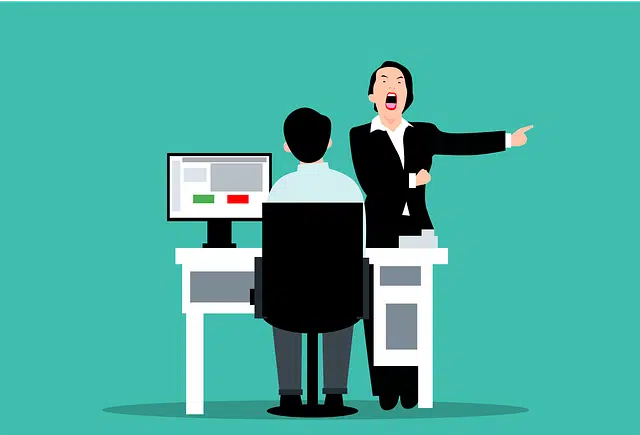
Labor relations are the links established within the framework of a job.
Labor relations are the links established in the workplace . Generally, they refer to the relationships between labor and capital within the framework of the productive process .
In modern societies , labor relations are regulated by an employment contract , which stipulates the rights and obligations of both parties. For example, the employment contract states that a worker will receive compensation if he or she is fired without just cause.
Individual labor relations vs. collective
On the other hand, it must be taken into account that labor relations can be individual or collective . Individual labor relations are those that an isolated worker establishes with his employer or his representative directly. On the other hand, collective labor relations are those established by a union on behalf of workers with a company or employer organization.
Collective relationships arise to minimize the situation of dependency and subordination between the worker and the employer. The union has more power to impose its conditions and achieve a fair and equitable employment relationship.
The relationships between employers' and workers' organizations, with each other or with the State as an intermediary, are known as social dialogue . These labor relations are based on the principle of tripartism , which means that the most important issues related to employment must be resolved between the three main parties involved: the State, capital and labor.

It is common for conflicts to arise in labor relations due to conflicting interests.
Conflict points
As in all types of interpersonal relationships , there are various points of conflict that hinder the functioning of companies. Without a doubt, pay represents one of the most delicate topics to discuss between an employer and its employees . It is important that remuneration is fair compensation for the work performed, and this is something that normally does not happen.
On the one hand, many workers hide behind the lack of job opportunities so as not to demand that their rights be fulfilled, for fear of being fired. On the other hand, many employers take advantage of this situation to exploit their employees. Although, at first glance, in this picture the bosses seem to be unfair and inconsiderate, to achieve change it is necessary to modify the behavior of the people who accept a salary lower than what they deserve.
The right to vacations and days off for personal reasons is usually the center of many discussions in companies, and its non-compliance causes deep discontent and a lack of attachment to work, which results in a silent war that, as in any war , it benefits no one. If a lack of respect is responded to in the same way, the image of a company is tarnished by situations such as reluctance when serving the public, theft of materials by employees, and poorly completed tasks.
Organization of labor relations
In recent years, some companies have adopted a working model known as a "horizontal hierarchy." Basically, it consists of giving employees the feeling of not being below their bosses, which is what happens in traditional organizations. It is not about altering the organizational chart, nor about giving the same amount of power to all members, but about using tools such as dialogue to improve the overall experience and, therefore, the company's performance. Other common resources are allowing everyone to dress as they like, placing all offices on the same level and using translucent walls to eliminate the idea that employers are superior and inaccessible beings.
International labor relations , on the other hand, emerged in 1919 , when the International Labor Organization (ILO) was formed. Its function is to channel relations between States, workers' organizations and employers' organizations.
